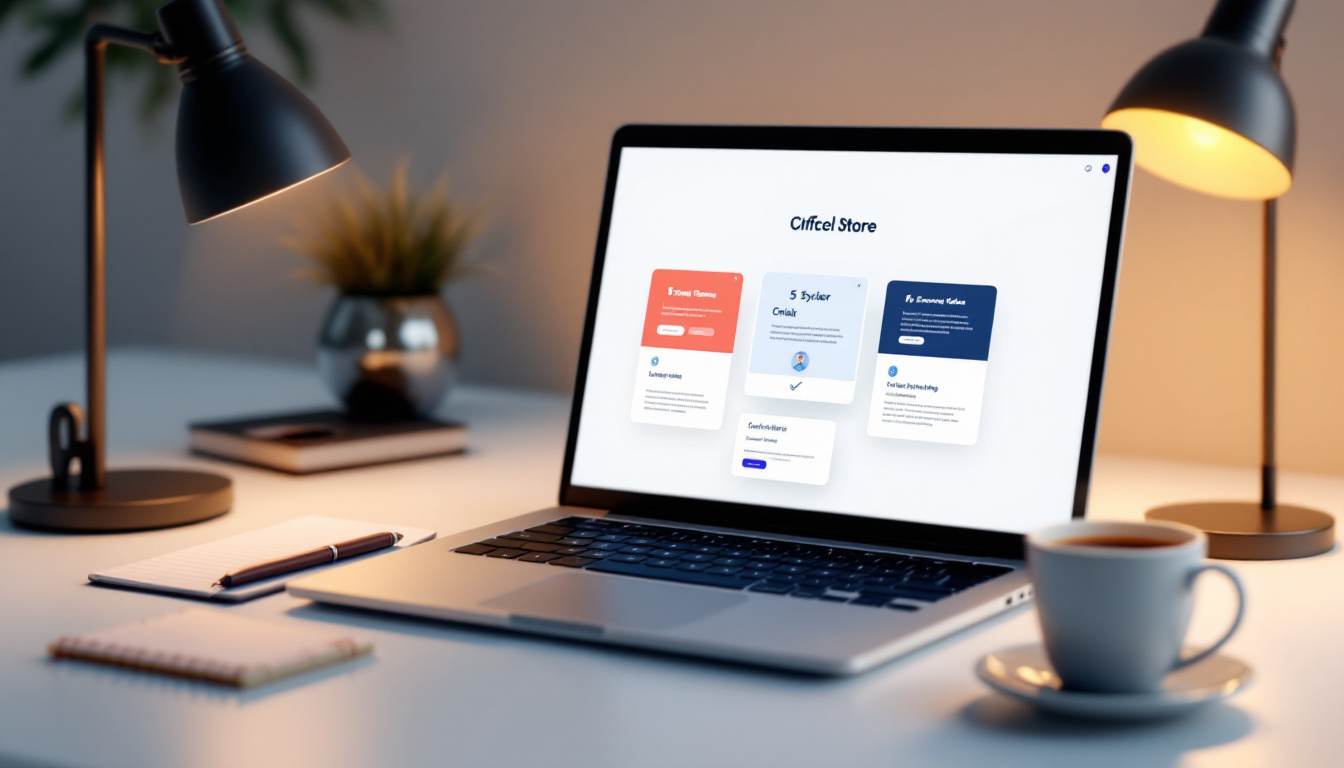The Challenges of Effective Follow-Up for an Unconfirmed Interview in 2025
In an increasingly competitive job market, the ability to follow up with a candidate who hasn’t responded to an interview invitation can make all the difference for a recruiter or talent scout such as Recruteo or JobRelance. A well-orchestrated follow-up transforms a lack of response into a concrete opportunity to engage in a positive conversation. In 2025, with increased attention paid to the candidate experience and process compliance, mastering the art of the follow-up email becomes essential to ensure you don’t miss out on potential talent.
The numbers show it: according to a recent study, nearly 70% of recruiters find that structured follow-ups significantly increase response rates. It’s not just about sending an email, but also about adopting a personalized approach, respecting deadlines and tone, to strengthen your employer brand through tools such as TalentConnect or EmploiDirect. The key is to follow up discreetly and demonstrate genuine interest in the candidate, thus enhancing the reputation of your recruitment process.
When and how to send the first follow-up after an interview invitation
Choosing the right timing to follow up with a candidate is as strategic as the content of the message itself. Generally, it’s recommended to wait 4 to 7 business days after sending the interview invitation. If the candidate doesn’t respond, a follow-up can reiterate your interest without appearing pushy. The first step is to personalize your email by including elements such as the candidate’s name, the scheduled interview date, or the uniqueness of your proposal, to quickly capture their attention.
| Key steps of the follow-up | Objectives | Tips |
|---|---|---|
| Send 4-7 days after invitation | Confirm receipt of the invitation | Personalize, be courteous |
| Follow-up if no response | Reiterate interest | Simplify the message, maintain a positive tone |
| Suggest a new date or flexibility | Make it easier for the candidate to respond | Include several possible time slots |
Mistakes to avoid during a first follow-up to maximize your chances
A poorly worded or poorly timed follow-up can have the opposite effect of what you intended, tarnishing the reputation of your recruitment process. To avoid this, beware of several common pitfalls.
- Following up too early: Sending a follow-up before 3 days can come across as pushy or impatient. Instead, wait the recommended 4 to 7 days.
- Sending several follow-ups in quick succession: Reestablish a reasonable pace, hoping for a response within a week at most. Too many emails can turn people off or appear harassing.
- Forgetting personalization: A generic email gives the impression of casualness, while tailoring it to each candidate shows your genuine interest. Being too insistent or unprofessional:
- The tone should remain cordial, avoiding any form of insistence or overly informal language. Forgetting to proofread:
- A spelling mistake or unclear wording can harm the credibility of your approach, so always proofread your message. Email templates for following up with a candidate: 5 proven examples in 2025
To improve efficiency, relying on proven templates is often the best solution. Whether following up after an interview invitation, an offer, or a broken promise, the templates below are adapted to each situation. Each of them can be customized based on the context and the relationship you have already established with the candidate.
Type of follow-up
| Content example | Purpose | After an interview invitation |
|---|---|---|
| “Hello, I’m writing to confirm receipt of our invitation to the interview scheduled for . I remain at your disposal for any questions or to reschedule if necessary.” | [Nom]Follow-up for confirmation or rescheduling[date] | After a broken promise to respond |
| “Hello, during our last exchange, you mentioned a response by , but I haven’t heard back yet. I remain very interested in this opportunity.” | [Nom]Follow-up to get feedback[date] | After an interview without follow-up |
| Follow-up to expedite the decision | For a spontaneous candidate | |
| “Hello, I’m getting back to you regarding my unsolicited application sent on . I remain very motivated and available to discuss it with you.” | [Nom]Follow-up to follow up on an unsolicited application[date] | After a technical test or proposal |
| “Hello, I would like to follow up on the technical test I sent on . I remain at your disposal and hope to be able to move forward with you.” » | [Nom]Follow-up to get feedback or advancement[date] | Optimize your follow-up with modern recruiting tips in 2025 |
More than ever, a follow-up shouldn’t be a mere formality. It must reflect your organization’s added value and the quality of your recruitment approach.
Personalize each message:
- Mentioning a specific point from the interview or application shows that you paid particular attention to the candidate’s profile. Use a warm but professional tone:
- This encourages a positive response and strengthens your employer brand. Vary communication channels:
- If the response is slow, consider following up with a call or LinkedIn message to increase your chances of attracting attention. Include a clear call to action:
- Offering one or more time slots or asking for a simple confirmation can facilitate resuming contact. Key points to remember for a professional and respectful follow-up
Effective follow-up means, above all, respecting the candidate’s time and motivation while projecting a professional image. A good follow-up email must include a few key elements:
Clear personalization: Include their name, their last response, or specific information.
- A positive and respectful tone: Avoid unnecessary pressure. A concise summary: Favor short and relevant content, possibly in the form of open-ended questions.
- Emphasize mutual value: Reiterate how this step is beneficial for both the candidate and the company. By incorporating these principles, Recruteo, TalentScout, or CandidatPlus can transform a simple follow-up into a constructive exchange, thus strengthening their proactive and respectful recruitment approach. The key to success lies in the ability to balance persistence and consideration in each message.



